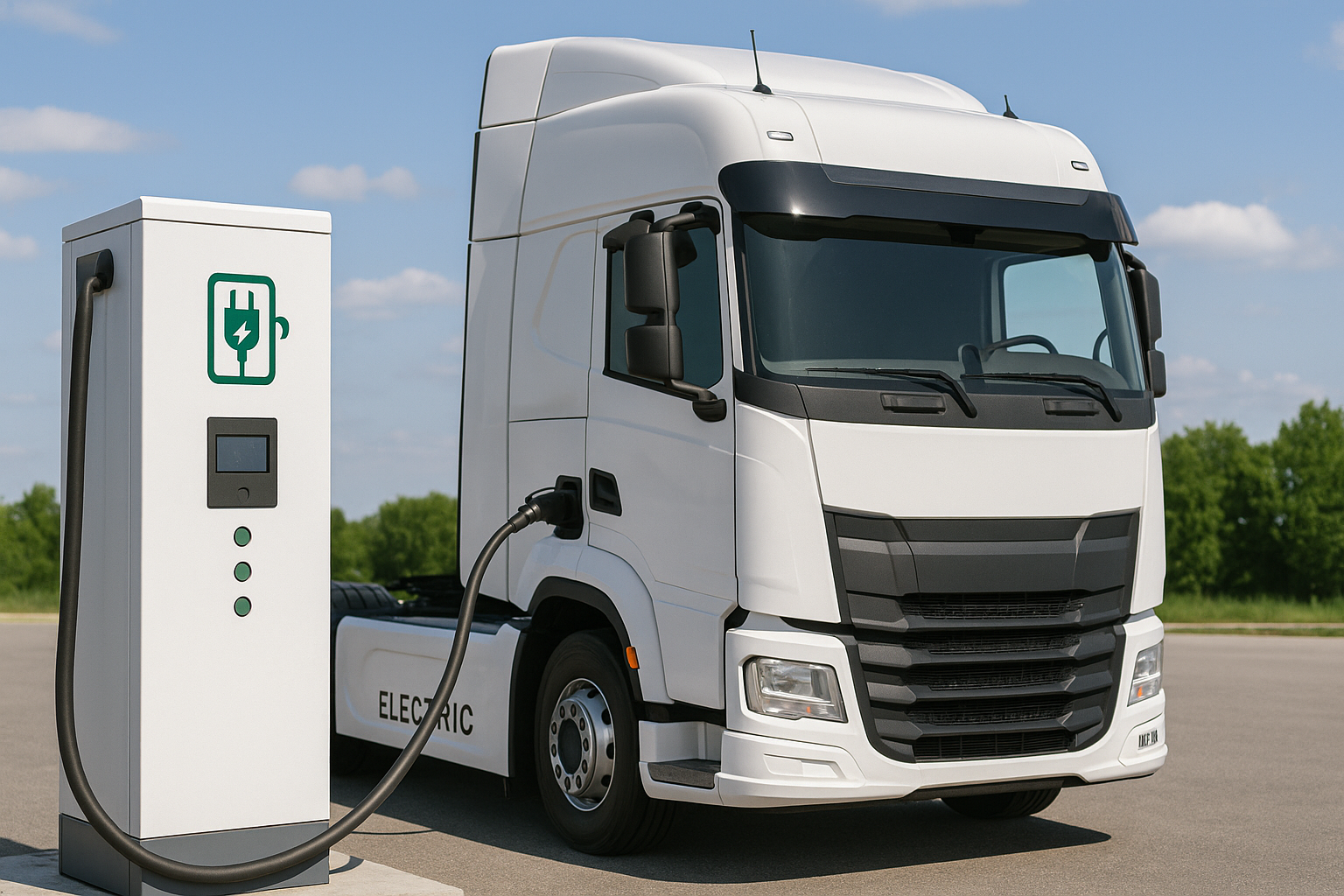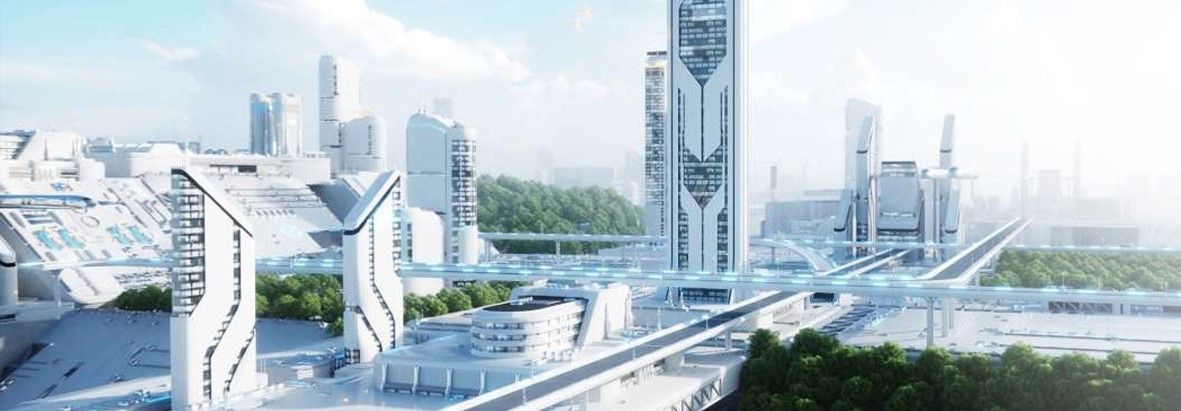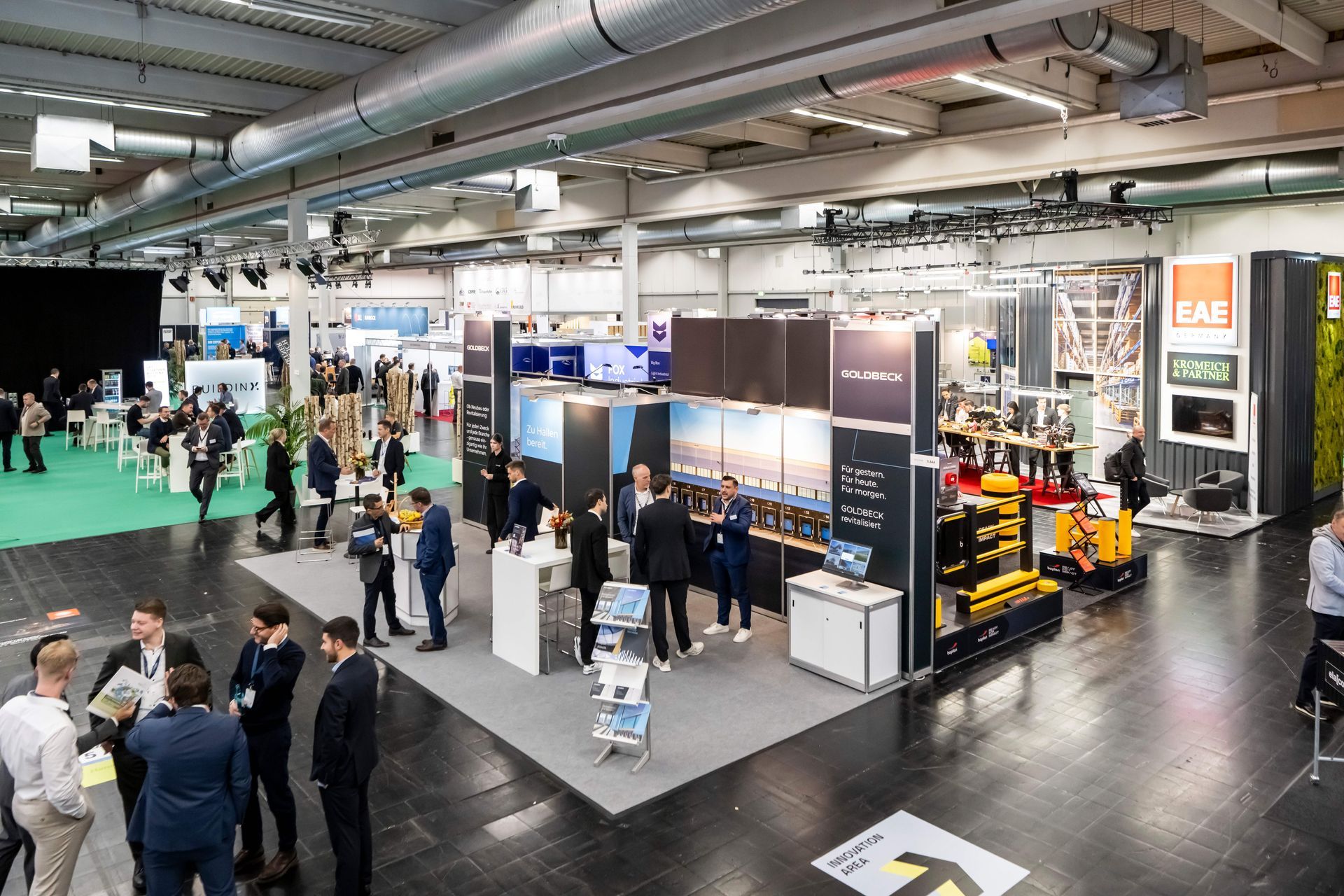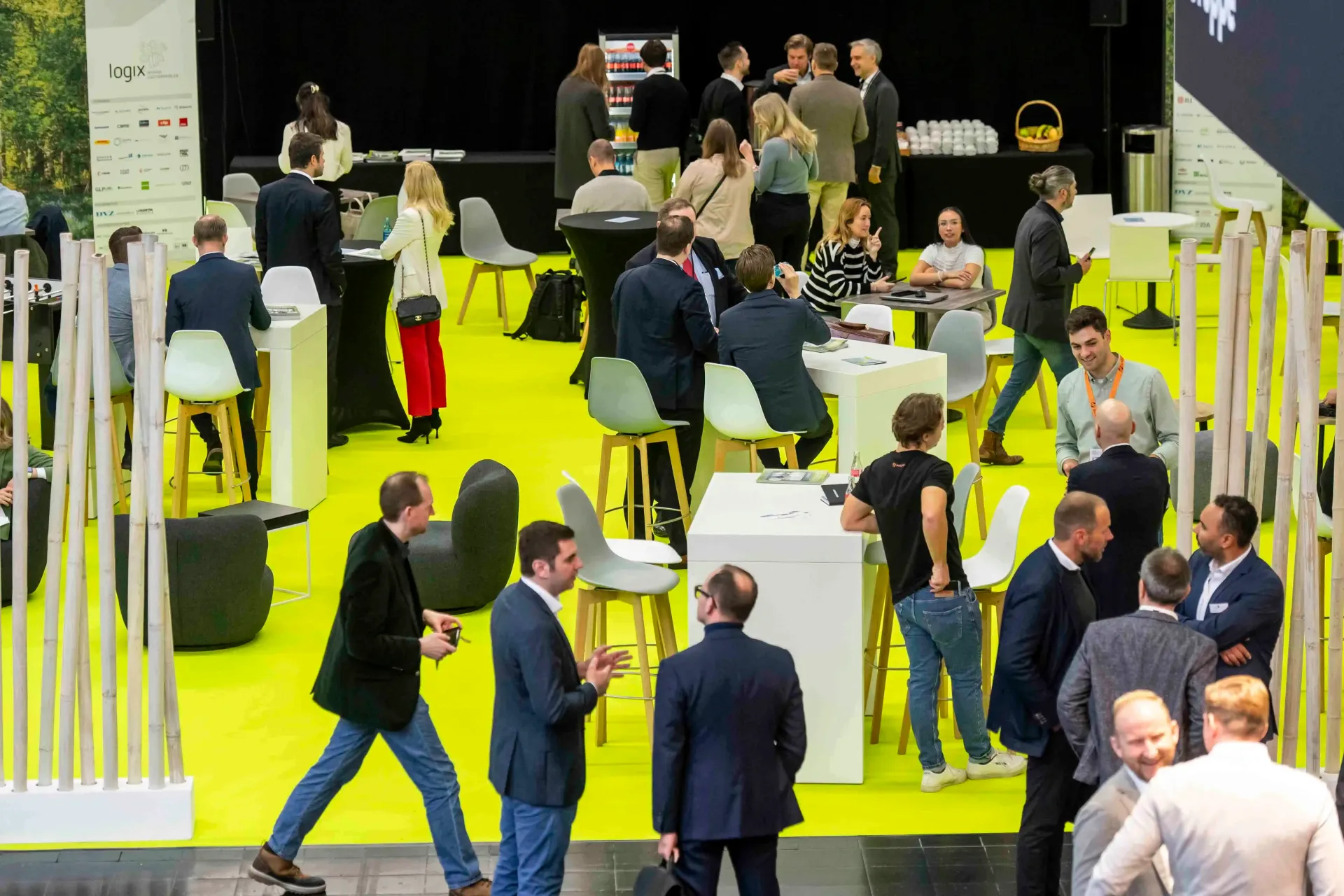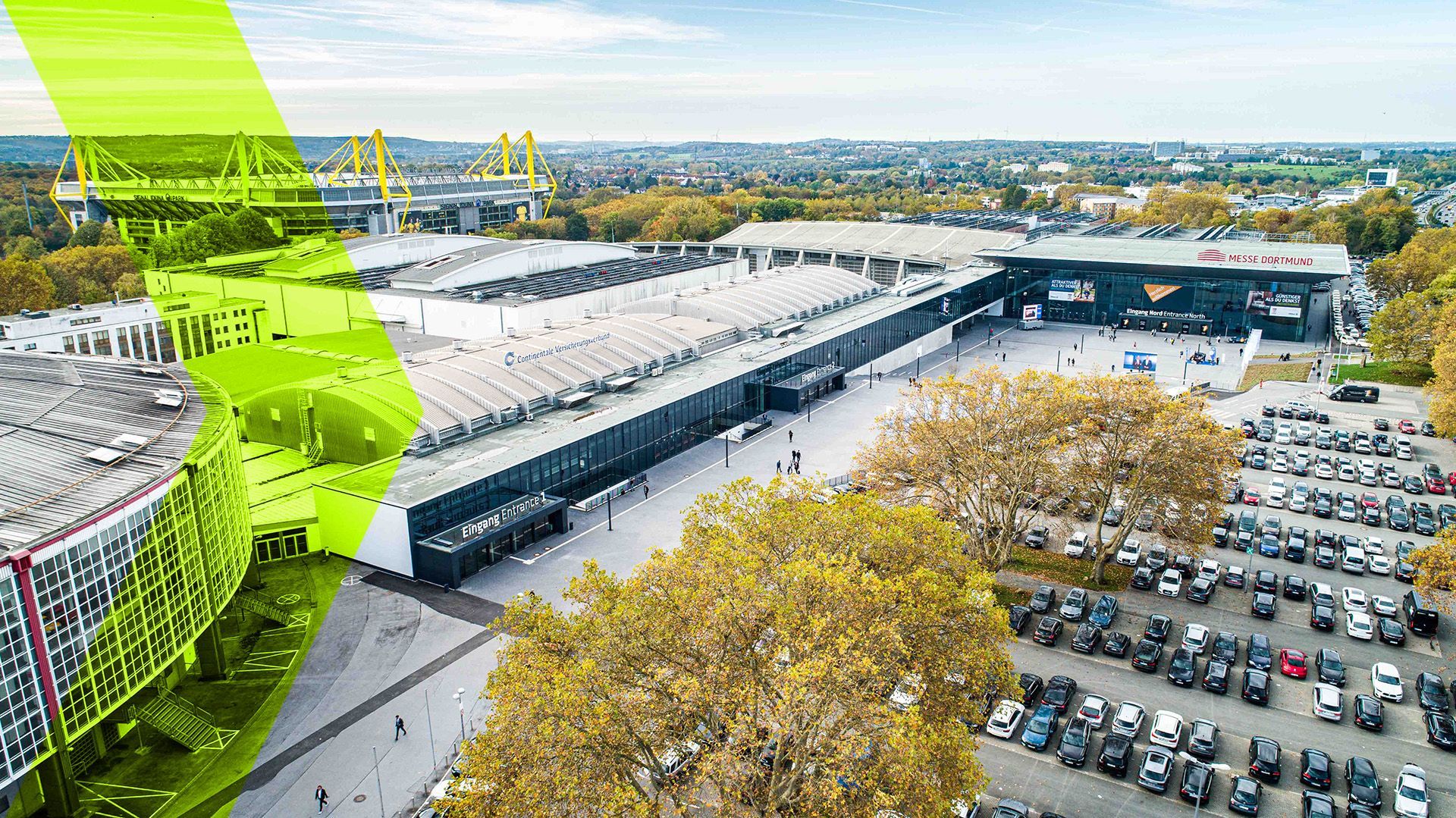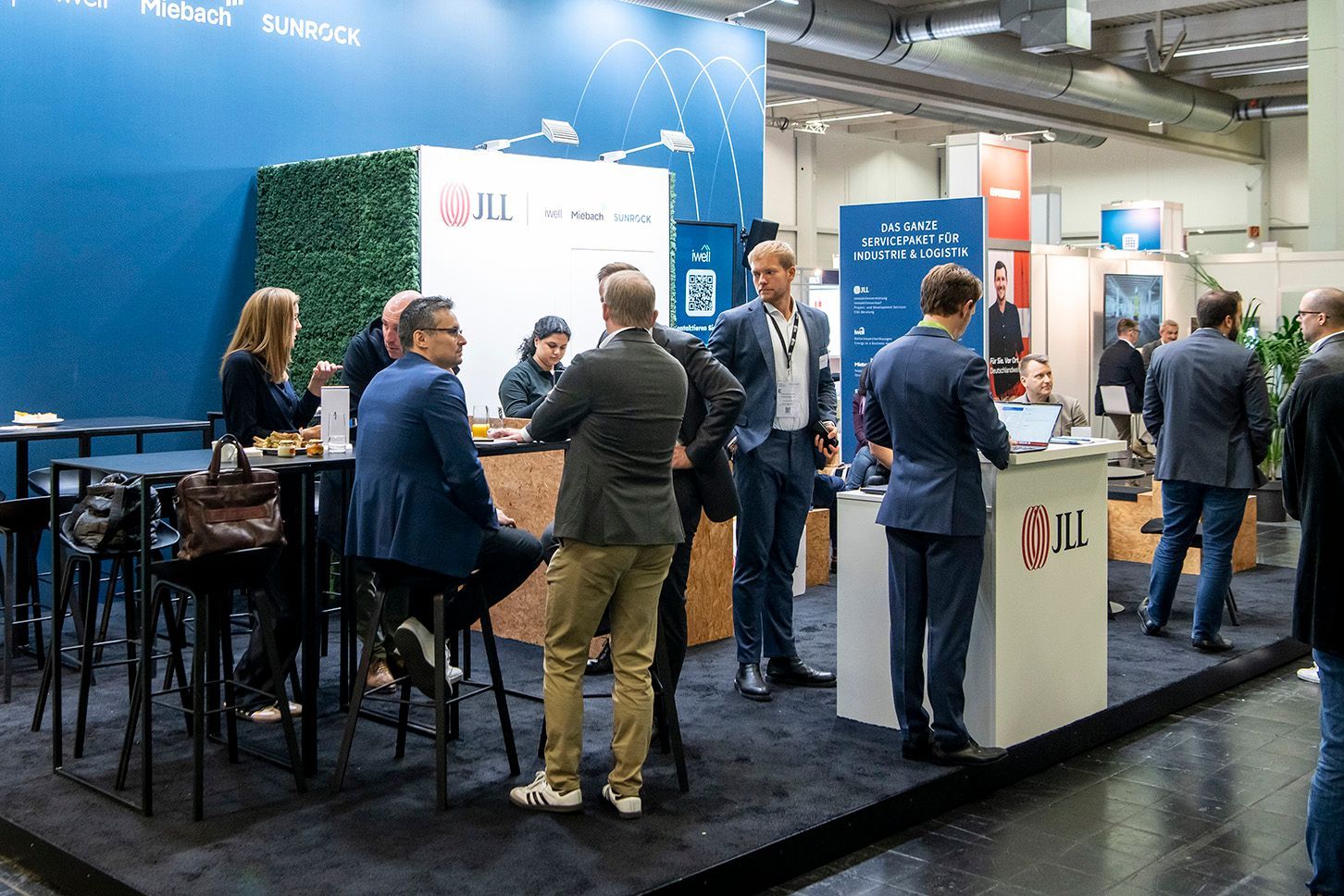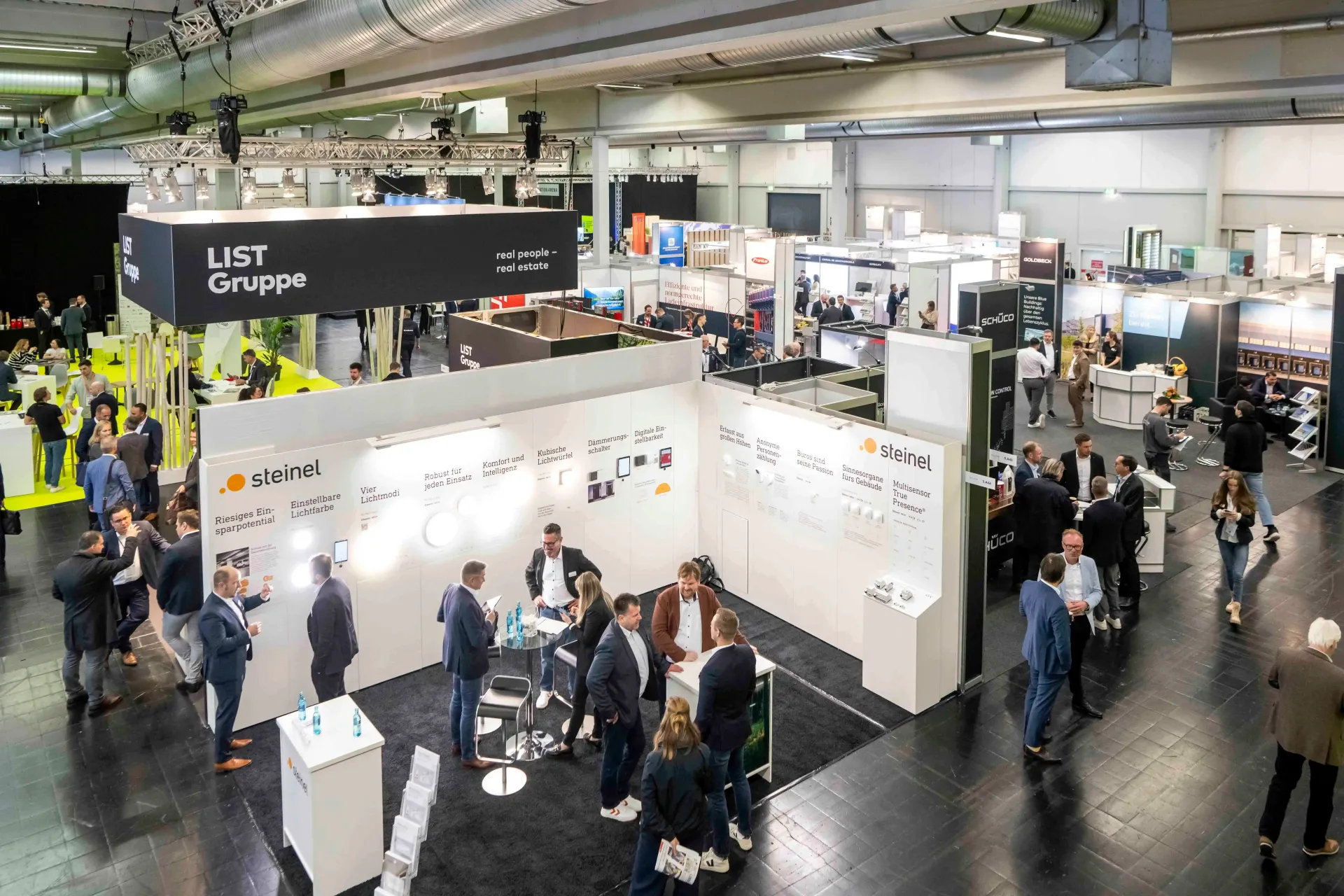Structural change in the Ruhr area: from an industrial to a knowledge region
Where clouds of smoke used to characterize the cityscape, there are now green parks. Anyone who speaks of successful regional structural change cannot ignore the example of the Ruhr area. The only reminders of the mining past are the facilities in the region that have been converted into museums and parks. Most people here have been working in the service sector for a long time.
That wasn't always the case in the Ruhr area, affectionately known as the "coal pot". Coal was mined there from the 18th century. Industrialization increased the influence of this professional sector, so that the Ruhr area became an industrial conurbation. Coal mining and the steel processing industry were the two most important economic pillars of the region for a long time, even after the war. However, the coal crisis brought drastic changes with it at the end of the 1950s: Ruhr coal was in less and less demand in Germany due to cheaper imports and substitute products such as oil, but due to the monostructure there were hardly any other branches of industry worth mentioning. Mass layoffs and structural crises were the result. Negative side effects of the monostructure: Areas such as local transport and landscape conservation, offers for leisure activities and educational opportunities such as universities have been neglected for decades. The reason for this was that almost all employees worked in the mining industry - for a long time the Ruhr area was not relevant as a research location.
Economic catch-up and ecological transformation
A first step towards structural change began in the 1960s with the "Ruhr Development Program 1968-1973". Measures for the transformation of the Ruhr area were defined there and included, for example, the expansion of the transport network, the creation of a higher quality of life and the expansion and development of schools and universities.
Both the knowledge sector - the Ruhr region now has a good 290,000 students at five universities, two art and music colleges and 15 other colleges - and the healthcare industry with over 330,000 employees characterize the field of activity in the Ruhr region today. The areas of digital communication, logistics and the chemical industry have also grown strongly, and 77 percent of employees now work in the service sector. The once dominant monostructure is now a thing of the past.
A great deal has also happened in terms of landscape: Today, the Ruhr area is considered one of the greenest regions in Germany. After the end of the coal industry, the general goal was: The “black lungs” should be able to breathe again. For this purpose, areas and landscapes destroyed by the mining industry were renatured. Local recreation areas were created, parks built and green and forest areas maintained. One of the greatest ecological transformations is certainly the renaturation of the Emscher River. A coherent green landscape was created along the river on an area of 300 square kilometers. This required laying 429 kilometers of new sewers. In addition, four decentralized sewage treatment plants were built. The former "cloaca" is now completely free of waste water. The project, worth more than 5.5 billion, is considered one of the largest infrastructure projects in Europe in recent decades.
The Ruhr area as a logistical nervous system
Some witnesses of the industrial era, which have shaped the appearance of the Ruhr area for over 150 years, have been converted into monuments or sites for industrial culture, such as the Zollverein colliery in Essen - now part of the UNESCO World Heritage - or the landscape park in Duisburg. New, greener living space is also being created in these areas.
New commercial and service parks are also being built on some former industrial sites. In Oberhausen, for example, Westfield Centro is a popular entertainment and shopping center on the site of a former smelting works. In the immediate vicinity: the gasometer, formerly used to store top or blast furnace gas for steel production. Today, the 118 meter high city landmark houses the highest exhibition hall in Europe - thanks to the unusual installations and exhibition themes, the gasometer is very popular as a museum.
Logistics has also gained a lasting foothold in the Ruhr area. After all, NRW accounts for a third of all logistics turnover in Germany - a large part of this is attributable to the "pot". Well over 800 companies from this economic sector are based in the region, employing a total of 30,000 people. Last but not least, there are infrastructural reasons for this: The Ruhr area has two international airports, the largest inland port in Europe and the densest road and rail network in Germany. Huge logistics areas such as "Logport I" in Duisburg-Rheinhausen have been created here. At the end of the 1990s, a trimodal transhipment point was built on the former Krupp factory premises. Here, goods are reloaded between trains, trucks and ships on an area of 265 hectares. Numerous leading logistics service providers are based here, including Kuehne + Nagel, DB Schenker and DHL. In addition to three other Logport locations in Duisburg, namely Wanheim (Logport II), Hohenbudberg (Logport III) and most recently Walsum (Logport VI), others followed in Kamp-Lintfort (Logport IV) and Oberhausen (Logport V). Together they cover an area of 410 hectares, which is equivalent to almost 580 football pitches.
Logistic real estate is of correspondingly high importance in the region: half of all lease contracts for new and existing space in North Rhine-Westphalia are in the Ruhr area. There are practically no greenfields left, so real estate developers are concentrating fully on brownfields, so that the sealing of new areas can be reduced to a minimum. An example of how this approach can be implemented with a further thought of sustainability is the new logistics property in the Dorsten industrial park "Große Heide Wulfen". In September, the real estate developer hands over the 70,000 square meter facility to Levi Strauss & Co. The usage concept envisages running the property CO2-neutrally during its useful life and reusing the materials used for other projects at the end of its useful life. Many of the raw materials required for the construction have therefore already been obtained sustainably and have been selected taking into account their recyclability.
The enormous efforts that were made in the Ruhr area to restructure the region ecologically and economically and make it worth living in have paid off and show that when it comes to rethinking, almost nothing is impossible if everyone involved from all areas pulls together.
Authors: Boris Kretzinger, Franziska Steffes
